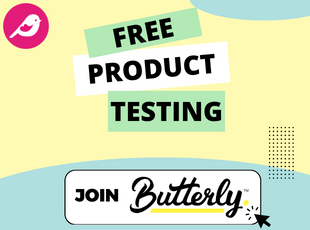De-Bunking the Fish Myth

"Salmon is an excellent source of omega-3 fatty acids which helps protect you from heart disease."
Which statement is true? It's no wonder consumers are confused about what to eat, since the guidelines seem to change all the time. On one hand, environmental groups question food safety, and at the other end farmers and producers claim that problems are exaggerated and reports prejudicial. Government warnings seem to waffle between the two.
Concerns about contamination need to be better understood. Our oceans are polluted with many chemicals that all sea creatures absorb. Certain compounds are stored in fat and can persist for many years. Ocean food chains are generally much more complex than land-based food chains, and the contaminated fats are passed up the chain to the highest level (this is called biomagnification). Top-end consumers, such as large fish, polar bears, and humans consume the accumulated contamination over the entire food chain and in turn store it in their own fats. These fats can generally be purged through fat loss (by weight loss or otherwise), but during weight loss the chemicals are released into the blood stream and can sicken the host until they are flushed out.
The US FDA and Health Canada set a tolerance limit for PCBs in fish at 2 ppm (parts per million), and generally both farmed and wild seafood do not exceed this value. However, environmental groups claim this does not go far enough to protect consumers. Those in the seafood industry say their livelihood is being threatened by inflammatory publicity of this issue, since fish is only one source of many for the contaminants in question.
should limit their intake even more (these chemicals can cross the placenta and be excreted in breast milk fats, and children's small size make them more susceptible than adults) and avoid certain foods altogether.
Do your homework. Find an industry opinion here, an environmental scientist perspective here, and Health Canada's statement here.
 Mamaluv is a ChickAdvisor writer, Mother of 3 and seafood addict. She also happens to have a background in environmental science.
Mamaluv is a ChickAdvisor writer, Mother of 3 and seafood addict. She also happens to have a background in environmental science.
Read Mamaluv's blog!
Read Mamaluv's blog!









